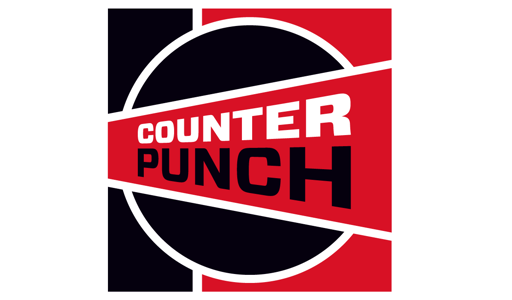A New Medication Could Relieve Pain Without Addiction Risk. Red Tape is Getting in the Way
There is a deep irony in the pain of losing someone you love to the very medication prescribed to resolve their pain. My mother died from an opioid overdose in 2004. She was prescribed Oxycodone for pain from fibromyalgia, a condition that causes physical pain at various points across the body in the absence of tissue damage. This condition has a high comorbidity rate with mental illness. For my mother, it was intertwined with her mental health challenges. Her physical and psychological pain was so intense that she combined a mixture of other pharmaceuticals with her prescription opioids – which I believe she was also addicted to – to take her own life when I was five years old.
In the early 2000s, she found a doctor in Washington, DC, who was willing to prescribe her opioids for her pain. This was during the first wave of prescription opioids, which swept the nation from the late 90s through the 2000s. The prescription opioid epidemic turned millions of people into addicts and killed hundreds of thousands. During the gradual process of marijuana legalization in the 2010s, I asked my adolescent self if medicinal marijuana could have helped her. No one can know if she would have chosen to remain on Earth if things had been different. But if prescription opioids had not been a part of her treatment, she may have found an alternative to cope with her burdens.
Various perverse incentives put people like my mother on opioids today, who may benefit from other pain relief medications that were not available at the time of my mother’s death. Since 2023, there has been some success in preventing Americans from accidentally coming into contact with non-prescription opioids through better treatment and less potent fentanyl contamination in street drugs. However, red tape, regulations, and health insurance company policies that give preference to prescription opioids have hindered that success in the doctor’s office.
In January, the Food and Drug Administration (FDA) approved pain medication JOURNAVX, a non-addictive non-opioid alternative to treat acute pain (meaning short-term pain), which “reduces pain by targeting a pain-signaling pathway involving sodium channels in the peripheral nervous system.” My mother dealt with chronic pain. Others like her have complained they cannot access JOURNAVX because insurance will not cover it, since it has only been tested for acute pain. Still, many others suffer from acute pain after surgeries, injuries, or hospitalizations and are prescribed opioids, with only 38% of insurers covering JOURNAVX.
Many of us have been prescribed opioids in similar situations. When all four of my wisdom teeth were removed, I was prescribed a prescription opioid for the acute pain. By the fifth day after the surgery – exactly when addiction can start to set in – the pills were almost gone and the swelling had largely dissipated. The pain had not. I could begin to feel myself becoming addicted to the substance. I impatiently counted the hours between doses to achieve my next – but gradually less rewarding – high. I returned to the doctor for a checkup after the fifth day. When he offered additional pills, I tried to explain that I was becoming addicted to the substance and turned them down. He pressed. Fortunately, I had the resolve to continue to say no.
For those less fortunate than I, those who cannot overcome the compelling drive to consume more opioids, this is the beginning of their addiction, and possibly the beginning of the end of their lives. One of the most odious and harmful policies that puts patients on cheap opioids before more expensive non-addictive alternatives is step therapy and its grimly named “fail first” requirement. This requires patients to literally “fail first” on a cheaper medication like Oxycodone at a few cents per pill before a prescription for a more expensive alternative like JOURNAVX at $15.50 per pill will be covered by their insurance.
While Medicare Part D places these obstacles in the place of non-addictive pain management for seniors, the Department of Veterans Affairs and some other public insurers are granting easier access to JOURNAVX. The VA has a strong track record of managing patients’ pain without prioritizing opioids, resulting in 600,000 fewer veterans on addictive opioids.
Perhaps the most Kafkaesque bureaucratic procedure for accessing JOURNAVX is the dreadful “prior authorization.” Patients need their pain resolved, and they need it resolved now. A prior authorization can take up to an hour for a doctor to complete. The request can take days to approve. The opioid alternatives that do not require this administrative hurdle are a more convenient choice for busy doctors and patients who cannot bear to wait. Some patients have even had their prescription refill denied after a 14-day period (because that is how long the clinical trials tested JOURNAVX for), regardless of its effectiveness in reducing the patient’s pain.
While this promising analgesic may not have been available to provide pain relief to my mother, it may be able to help people with chronic and acute pain who otherwise might develop a dependency on opioids. Bureaucratic obstacles, counterproductive government penny-pinching, and backward incentives that cost the nation more in the long run deny those people the non-addictive medication that can help them manage their pain. Let’s prevent the broken relationships, destroyed childhoods, financial ruin, and funerals which so often accompany prescription opioid addiction by making alternatives easier to access.
The post Beyond Opioids appeared first on CounterPunch.org.
From CounterPunch.org via this RSS feed


